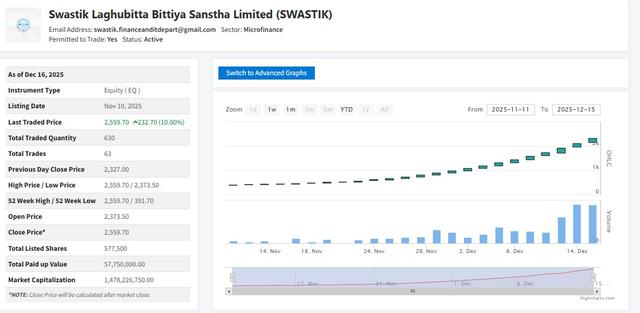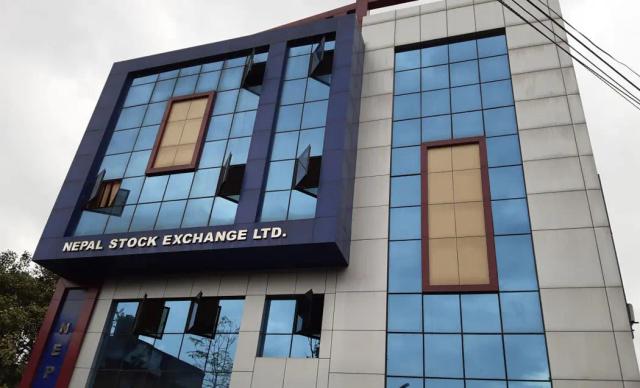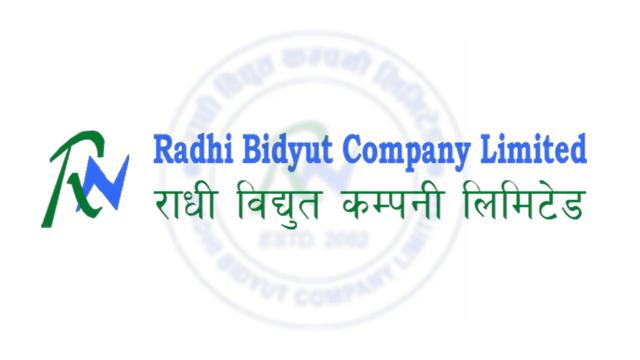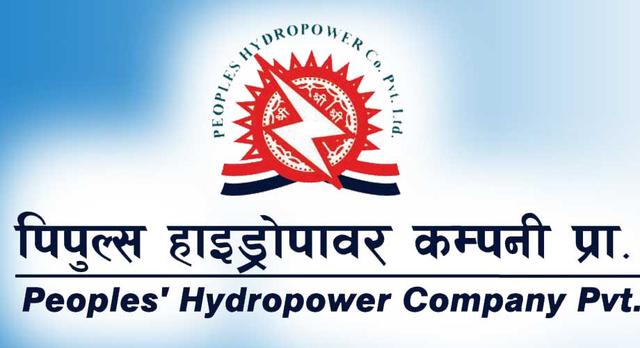Laxmi Sunrise Bank’s Q3 Profit Rises by 2.24%
Author
NEPSE trading

Laxmi Sunrise Bank has released its financial report for the third quarter of the current fiscal year 2081/82 (Nepali calendar). As of the end of Chaitra (mid-April 2025), the bank’s net profit has seen a modest increase. The net profit grew by 2.24%, reaching NPR 1.65 billion (1,652.163 million). In the same period of the previous fiscal year 2080/81, the bank had earned a net profit of NPR 1.61 billion (1,615.903 million). This slight growth in profit is primarily attributed to a reduction in impairment charges.
Key Financial Indicators: A Mixed Performance
During this period, the bank’s net interest income declined by 7.31%, amounting to NPR 7.89 billion (7,893.573 million). In the same period last year, the net interest income was NPR 8.51 billion (8,515.721 million). Similarly, the total operating income decreased by 2.08%, standing at NPR 10.24 billion (10,245.078 million), compared to NPR 10.46 billion (10,463.225 million) in the previous year.
However, the impairment charge saw a significant reduction. This year, the impairment charge was NPR 3.19 billion (3,198.525 million), down from NPR 4 billion (4,001.651 million) last year. This reduction has positively impacted the bank’s profitability. The operating profit increased by 13.34%, reaching NPR 2.52 billion (2,529.374 million), up from NPR 2.23 billion (2,231.756 million) last year. Additionally, the net operating income rose by 9.05%, amounting to NPR 7.04 billion (7,046.553 million).
Capital and Reserves: Growth and Challenges
The bank’s paid-up capital remained stable at NPR 24.34 billion (24,346.512 million). The reserves saw a 10.56% increase, reaching NPR 17.76 billion (17,769.586 million), compared to NPR 16.07 billion (16,072.607 million) last year. However, retained earnings dropped sharply by 37.77%, standing at NPR 772.720 million this year, down from NPR 1.24 billion (1,241.675 million) last year. The distributable profit stood at NPR 772.720 million, a significant improvement from last year’s negative distributable profit of NPR -1.24 billion (-1,248.400 million).
Deposits and Loans: Steady Growth
Customer deposits grew by 4.64%, reaching NPR 344.20 billion (344,203.067 million), up from NPR 328.93 billion (328,931.512 million) last year. Loans and advances to customers increased by 11.58%, amounting to NPR 276.04 billion (276,046.193 million), compared to NPR 247.40 billion (247,408.112 million) in the previous year. The higher growth in loans compared to deposits indicates pressure on the credit-deposit (CD) ratio.
Other Key Metrics
The cost of funds stood at 4.71%, a decrease of 2.07% from last year’s 6.78%. The base rate also declined by 2.40%, reaching 6.72% from 9.12% last year. However, the non-performing loan (NPL) ratio increased by 0.37%, reaching 5.86%, up from 5.49% last year, indicating challenges in loan recovery.
Earnings per share (EPS) stood at NPR 9.05, a slight decrease of NPR 0.24 from last year’s NPR 9.29. The net worth per share was NPR 176.16.
Market and Policy Impact
The banking sector in Nepal has recently been influenced by liquidity and interest rate fluctuations. As discussed earlier, the Nepal Rastra Bank (NRB) has been implementing measures to manage liquidity, including absorbing NPR 237.85 billion through the Standing Deposit Facility (SDF). This is expected to help control interest rates and support credit expansion. The reduction in Laxmi Sunrise Bank’s base rate reflects this policy impact.
Additionally, the stock market faced pressure at the end of Chaitra, with the NEPSE index fluctuating between 2666.61 and 2670.06, as previously noted. Investors have been selling shares to manage loans, interest, and taxes. In this context, Laxmi Sunrise Bank’s focus on loan expansion is a positive sign.
Laxmi Sunrise Bank has managed to achieve a modest increase in net profit through a reduction in impairment charges and growth in operating profit. However, the decline in net interest income and total operating income poses challenges. The rise in the NPL ratio highlights the need for better loan recovery strategies. If liquidity and interest rates improve in the coming months, the bank’s financial performance could strengthen further.



